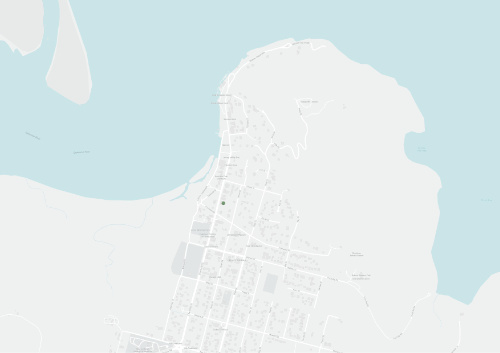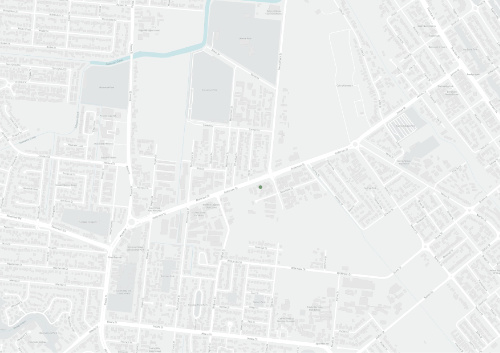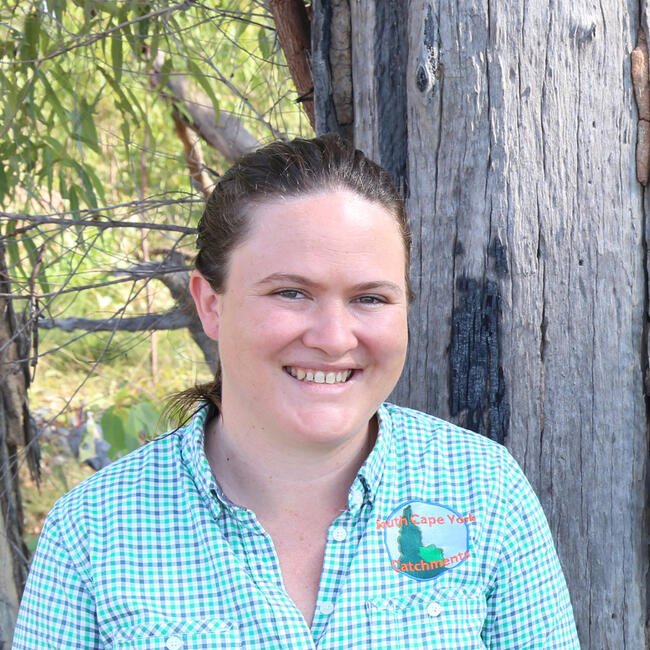That's a wrap - the Reef Alliance Cape York Grazing Project draws to a close
That's a wrap - the Reef Alliance Cape York Grazing Project draws to a close
Words Jessie Price-Decle and Juliana Foxlee | Photo Jessie Price-Decle
The three-year project saw graziers make changes to their land and grazing practices to improve land condition and water quality outcomes.
The project team, made up of Cape York NRM, South Cape York Catchments, and Department of Agriculture and Fisheries staff, worked across 20 properties over the life of the project.
South Cape York Catchments Grazing Project Officer Jessie Price-Decle said the project made a difference to water quality and land condition.
‘It was rewarding to work closely with graziers and support them to make changes which improved their grazing land condition, and had the flow-on benefit of improving water quality,’ she said.
‘Most of the on-ground projects also had an economic benefit for the graziers, so win-win!’ The project team supported land managers to put together property – specific actions plans, attend training events, and conduct on-ground projects such as gully remediation, wetland and waterway fencing, and weed control.
Training events included pregnancy testing, low- stress stock handling, and sediment management. These events were hosted on stations across the region, and were well-attended by the Cape York grazing community.
On-ground projects included riparian fencing, pasture improvement, the building of off-stream watering points, and gully erosion rehabilitation. A project with Violet Vale Station, which saw 11,000 hectares of sensitive soils fenced off from cattle and horses, was shortlisted for the 2018 Reef Champion Awards.
Jessie said one of the unexpected highlights of the project was running the Cape York Grazing Forum.
‘We’re hoping it can become an annual event,’ she said.
‘It is a fantastic opportunity for the wider Cape York grazing community to come together with industry bodies, government departments and agencies, and relevant businesses. Cape York is a big, remote place – to bring these services to the people of the Cape is a great thing.’
With the introduction of new Reef Regulations, Jessie said she was optimistic that the State and Australian Governments would continue to invest in northern Great Barrier Reef catchments.
‘We’ve got great relationships with land managers who are keen to do more great work with us. Here’s hoping that this is recognised, and we see continued investment in Cape York and the northern Great Barrier Reef!’
This project is funded by the Australian Government and delivered through the Reef Trust with the support of Cape York NRM
Violet Vale
Violet Vale is a large grazing property on the Eastern side of Cape York with extensive wetland complexes. Owners James and Niki Collins, who wanted to take a best practice approach, contacted Cape York NRM in 2014 to discuss options for their new grazing operation.
An agreement was made to fence off the wetlands with a 32km exclusion fence to protect the significant natural values of the wetland complex. The landholders then decided to establish an 11,000-hectare cattle exclusion area to remove cattle, feral pigs and horses and increase ground cover. This area is low value from a grazing perspective but sheds significant sediment loads as it includes a large alluvial fan denuded of grass cover from years of grazing.
The two projects have created a 21,000-hectare exclusion zone and illustrate James and Niki’s commitment to undertake significant environmental works on their property to protect the integrity of the Great Barrier Reef.
Fencing on Normanby Station
Normanby Station Traditional Owners have been working hard to improve their land condition and water quality.
Through the Balnggarrawarra Ranger Program, Traditional Owners are remediating gullies, controlling weeds and feral animals, and managing fires.
As part of the Reef Alliance Grazing Project, the Traditional Owners have been able to fence a new paddock on their better grazing country. This paddock will improve grazing management on the station, and also act as a cattle trap for feral cattle that move along the Normanby River.
-
< prev
-
next >


